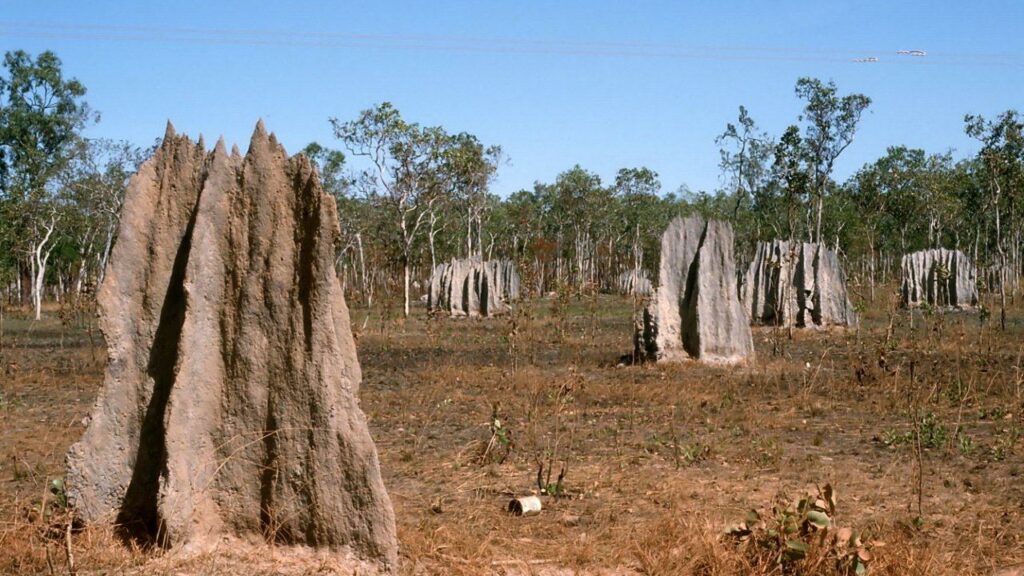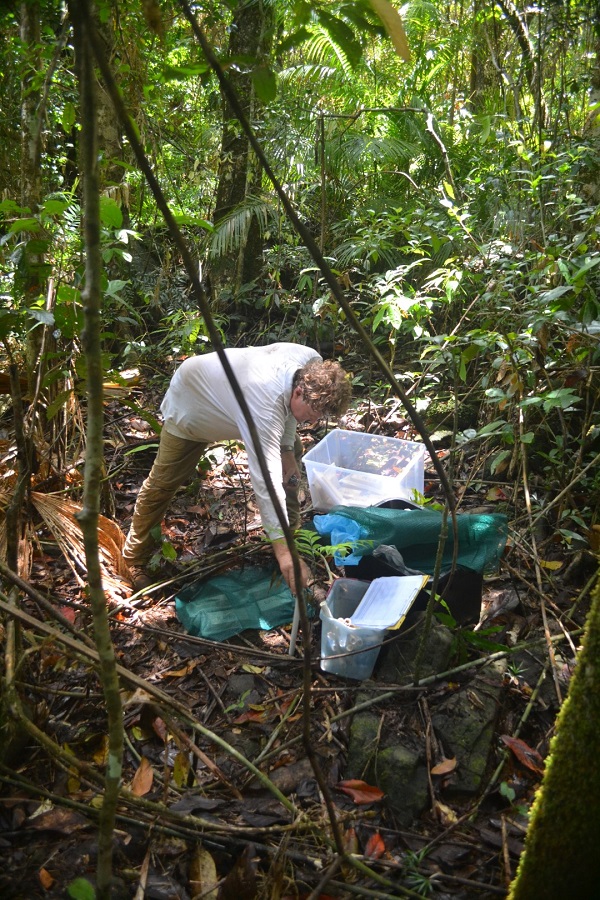Northern Australia termites could head south as planet warms
Richard Dinnen - Queensland Editor |

You know you’ve reached the north when you start to see termite mounds, but research out today says they could be found further south as the planet warms.
Findings published in the journal, Science say termites may expand their territory beyond the tropics and increase their role in wood decay.
Researchers from James Cook University (JCU), TERN Ecosystem Processes, and the School for Field Studies at Danbulla were part of a global study investigating how microbes and termites recycle carbon from dead wood back to the atmosphere.
More than 100 scientists from 88 research institutions took part at 133 sites across six continents in most of the world’s bioregions.
JCU Associate Professor, Lucas Cernusak, said termites have an important role in the northern tropics.
“Termites are a critical feature of our tropical forests and savannahs here in far northern Queensland, so we were keen to be involved.
“Understanding how carbon is cycled between forests and the atmosphere is key to predicting how natural systems might react in the near future.”
The study included modelling of the areas likely to see an expansion of termite activity by the 2050s.
JCU senior research fellow, Jamie Cleverly, said the study suggests termites will extend their range.
“Termite decay was greatest in tropical seasonal forests, tropical savannahs and sub-tropical deserts.
“But there’s a broad range of forested landscapes in Australia where you won’t currently find termites as a major factor in wood decomposition.
“Although there are local factors to consider, our initial results suggest we’ll see termites extending their range beyond the tropics in the near future.”

JCU associate professor, Michael Liddell, said the findings don’t indicate termites will become a bigger threat to buildings.
“Out of more than 300 species of termite found in Australia, only a few species are of real concern to our homes,”
“Translating results from the natural environment to the built environment is difficult.
“We are no doubt going to see species migration as the climate changes.
“That could include other termite species like the highly destructive Giant Termite, which is currently limited to tropical Australia, moving south.”



